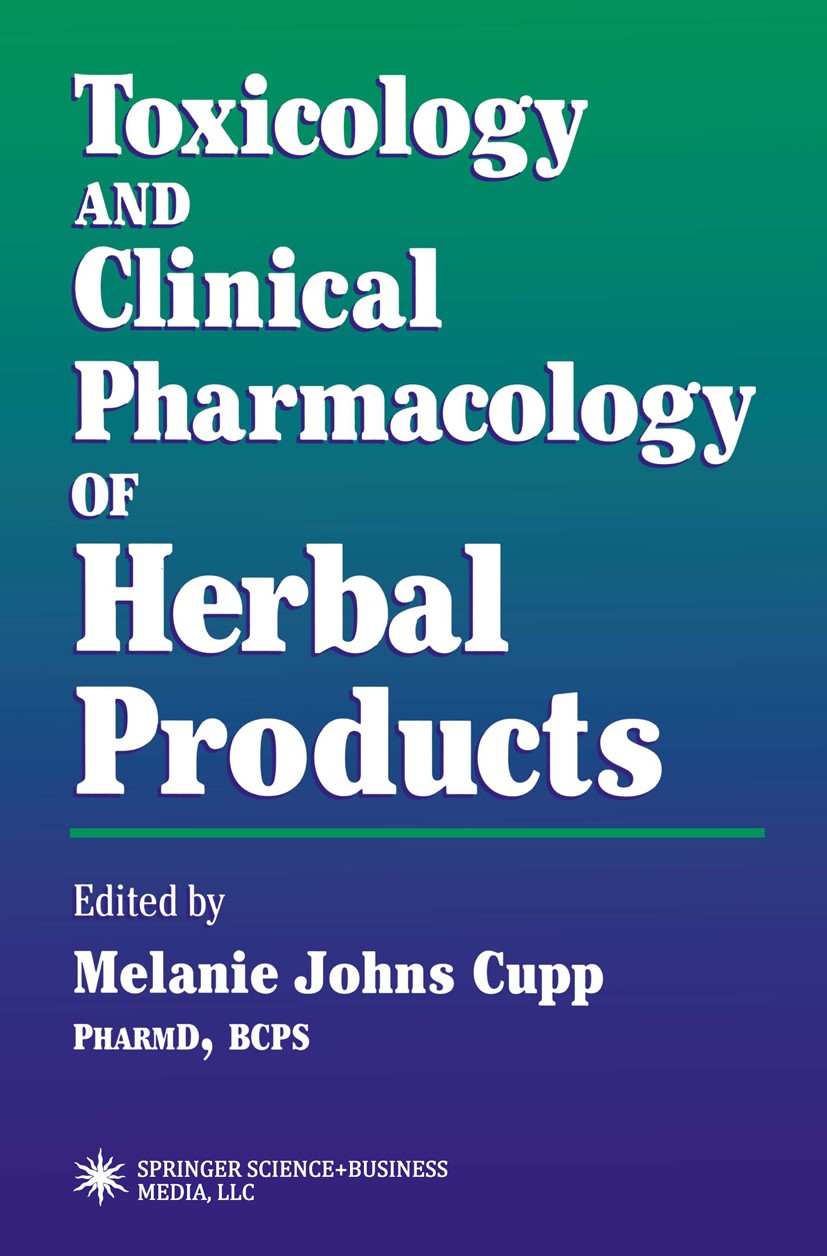| 书目名称 | Toxicology and Clinical Pharmacology of Herbal Products | | 编辑 | Melanie Johns Cupp | | 视频video | http://file.papertrans.cn/928/927262/927262.mp4 | | 概述 | Includes supplementary material: | | 丛书名称 | Forensic Science and Medicine | | 图书封面 |  | | 描述 | The herbai medicine industry is growing at an astounding rate. Trade group estimates suggest that total sales exceeded $4 billion dollars in 1999. Herbai remedies are for sale not just in health food stores, but in supermar kets, drug stores, and even discount warehouses. Along with the proliferation in sales has come a proliferation ofinformation sources. Not all ofthe sources are equally reliable, or even intelligible. Traditional herbalists c1assify thistle and mugwort as "cholagogues," substances used to make the gallbladder con tract and release bile. Medical school graduates are unlikely to have ever heard the term, or even accept the notion that most right-sided abdominal pain is a result of diminished bile flow. Heroin and cocaine may not be the only drugs to come from plants, but a practicing physician or toxicologist might be forgiven for thinking so. In 1998, 1264 papers were published about cocaine and only 17 about kava kava, an abused herb that is not without toxic side effects. Unfortunately, the majority of the papers about kava kava were published in journals not found in ordi nary hospitallibraries. In recognition ofthis fact, and ofthe obvious need for a relia | | 出版日期 | Book 2000 | | 关键词 | alkaloids; clinical trial; drug; herbal medicine; kinetics; pharmacokinetics; pharmacology; toxicology | | 版次 | 1 | | doi | https://doi.org/10.1007/978-1-59259-020-9 | | isbn_softcover | 978-1-61737-190-5 | | isbn_ebook | 978-1-59259-020-9 | | copyright | Springer Science+Business Media New York 2000 |
The information of publication is updating

|
|
 |Archiver|手机版|小黑屋|
派博传思国际
( 京公网安备110108008328)
GMT+8, 2025-11-12 12:12
|Archiver|手机版|小黑屋|
派博传思国际
( 京公网安备110108008328)
GMT+8, 2025-11-12 12:12


